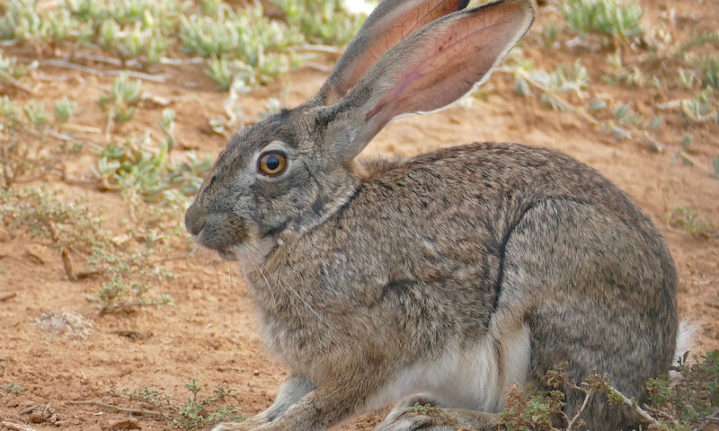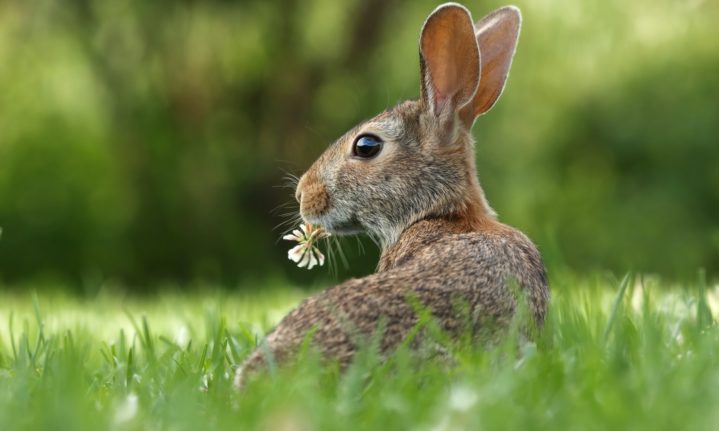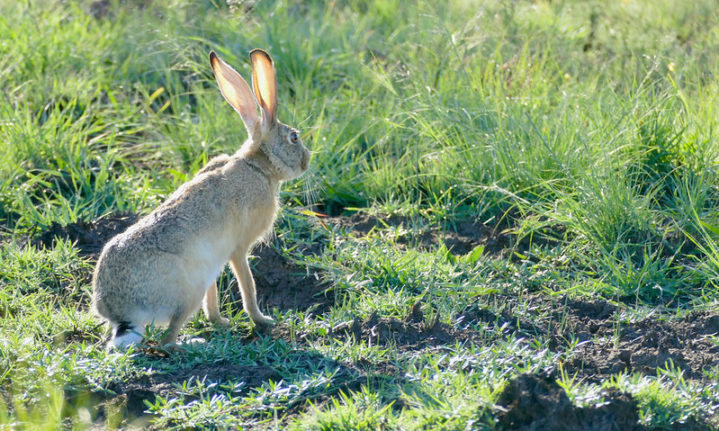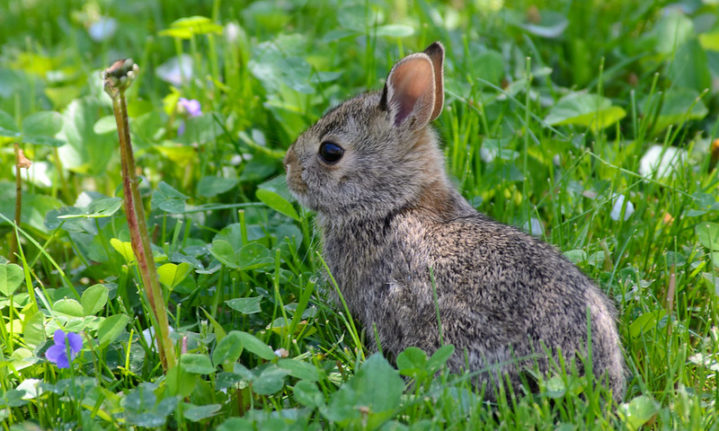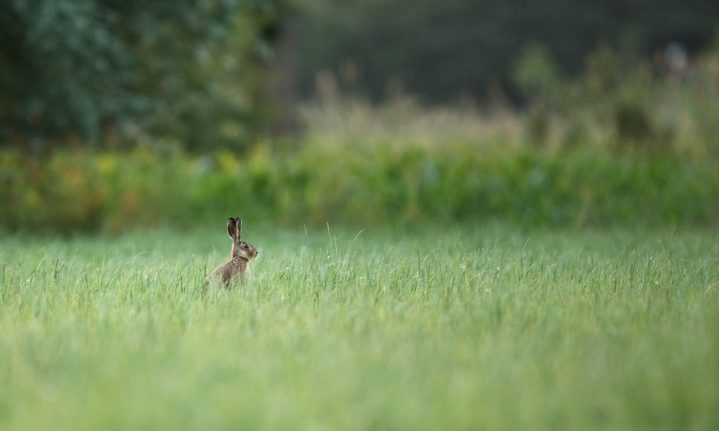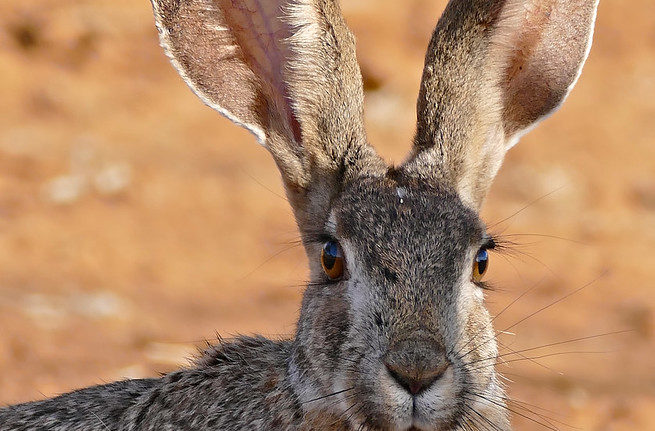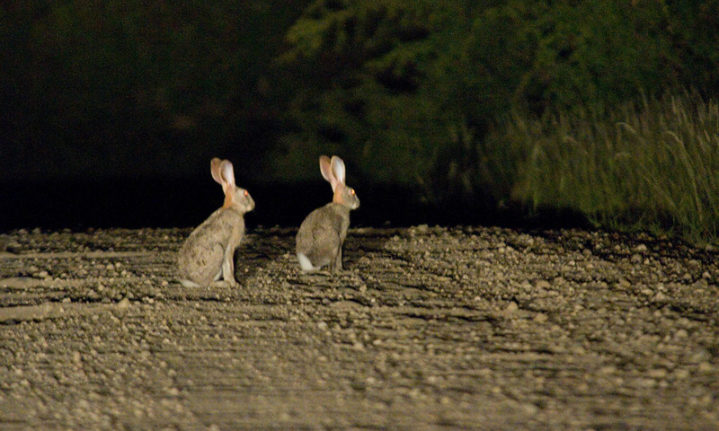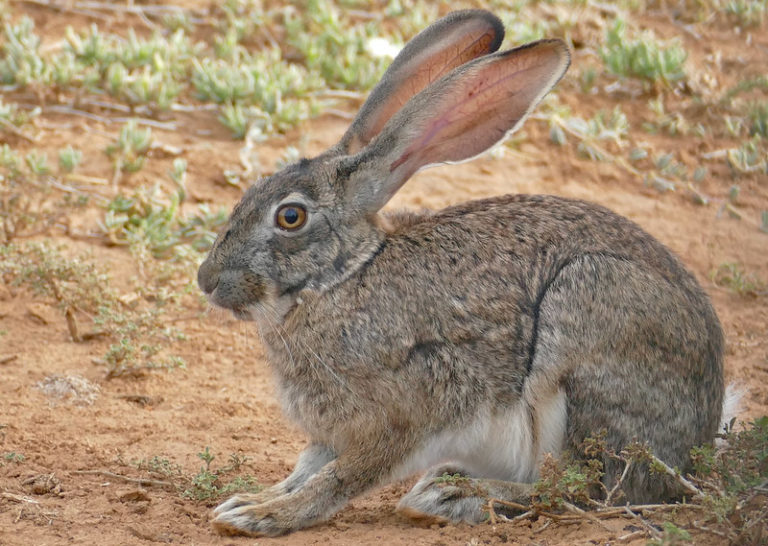If you have ever wondered about this unique creature – look no further. Here’s everything you need to know about the scrub hare; South Africa’s most common hare.
Appearance
The scrub hare is a very common species of hare. Their body is a neutral grey colour, with small black areas in between. This unique fur pattern makes them distinct from other species of hares. They have long, round black-tipped ears which stand erected most of the time. Its abdomen, chest, and the bottom of its tail is white. Their tail is most visible when they are fleeing. A scrub hare averages a weight between 1.5 and 4.5kg, according to African Sky.
Diet
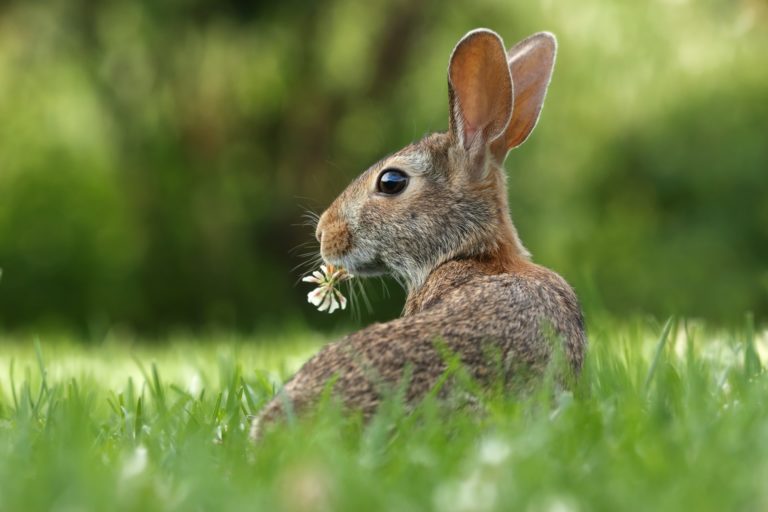
A scrub hare having a snack. Credit: Gary Bendig/Unsplash
Scrub hares feed on short, green grass, but when push comes to shove, they may eat leaves, stems, or bark. In order to withstand the blazing African heat, scrub hares require lots of water to be readily available.
Habitat
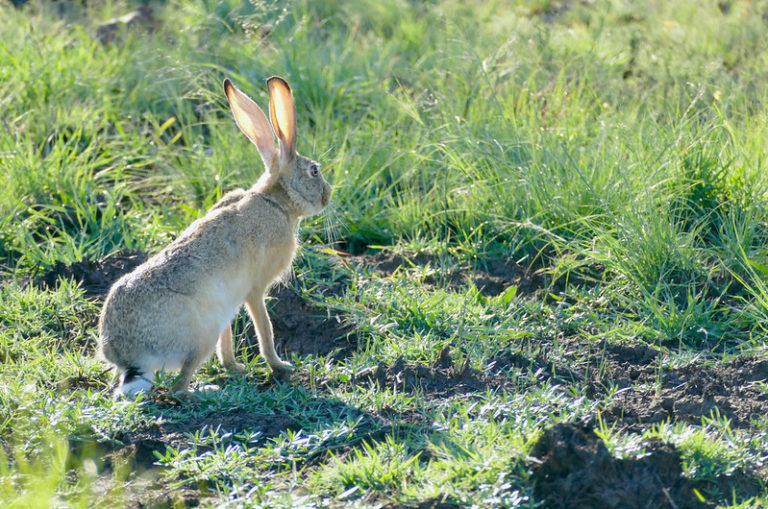
Credit: Bernard Dupont/Flickr Commons
These creatures prefer woodlands and tall grasslands, which provide them with enough cover to hide from predators during the day. Whilst they are adaptive, they do not prefer forest or desert areas. It has been noted that these hares fair relatively well in agricultural areas.
Breeding
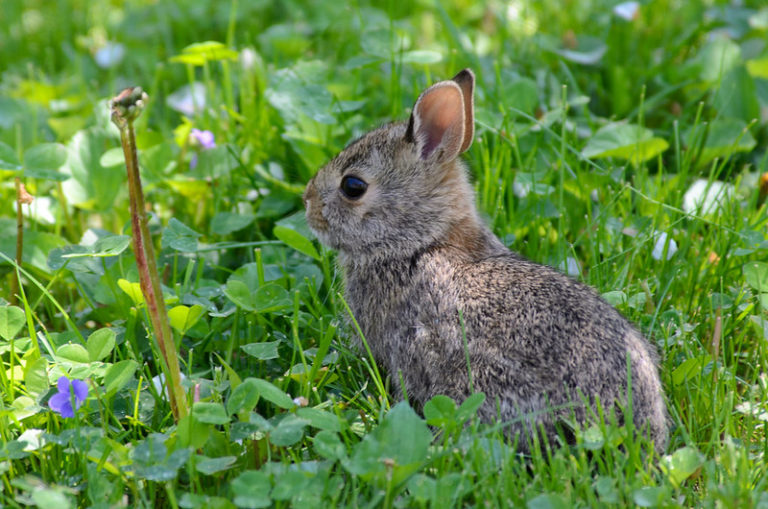
A baby scrub hare is called a leveret. Credit: Jonathan Nightingale/Flickr Commons

Scrub hares fighting. Credit: Mathias Elle/Unsplash
Breeding time for scrub hares are not confined to any specific period, though their mating peaks during the summer. When a female scrub hare is in heat, male scrub hares will surround her. To determine who gets to mate with the female scrub hare, the males engage in boxing and kicking matches until the last one is standing. Their gestational period is generally 42 days, in which the female gives birth to one to three offsprings.
Behaviour
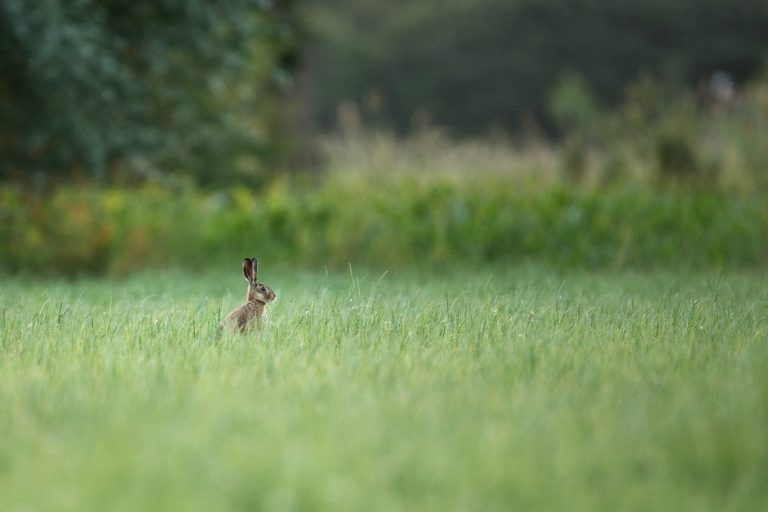
Credit: Hans Veth/Unsplash
These nocturnal creatures are solitary animals. A female scrub hare may seldom be accompanied by a male.
Distribution
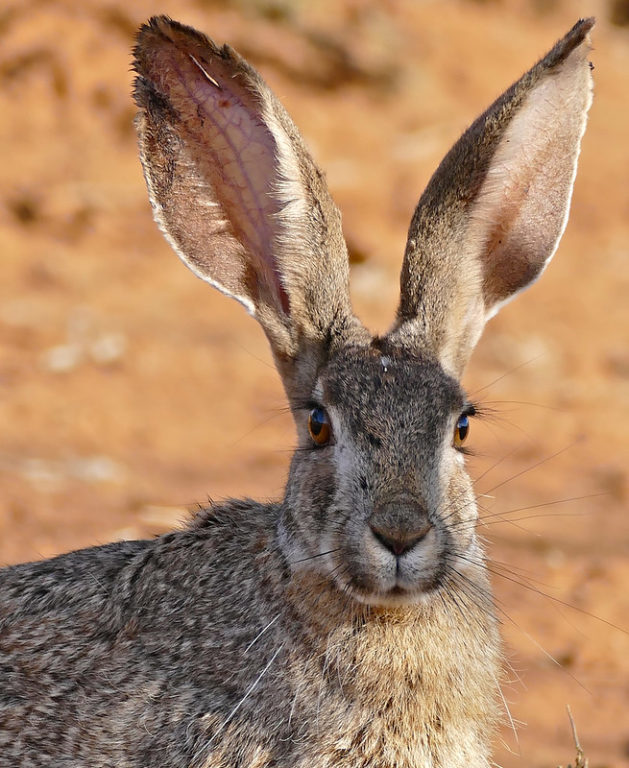
Credit: Bernard Dupont/Flickr Commons
Scrub hares are natives to Southern Africa. They are found virtually everywhere in South Africa. They can also be found in Swaziland, some southern parts of Namibia and Lesotho’s highlands.
Status
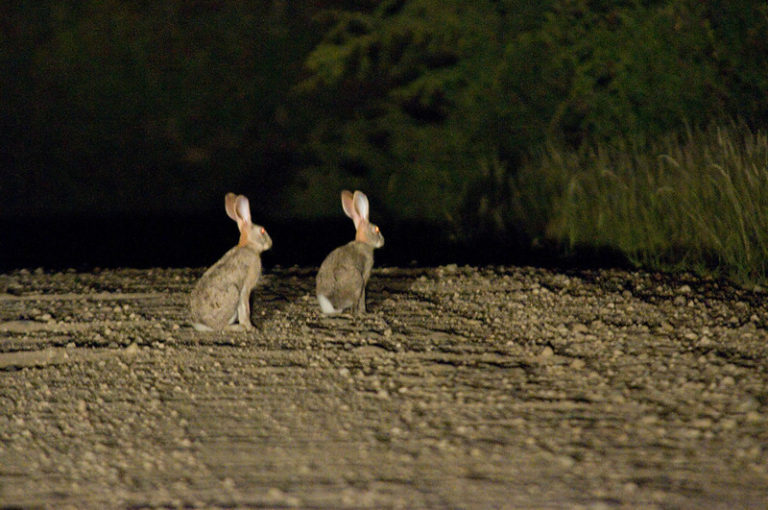
Credit: Chris Eason/ Flickr Commons
Scrub hares are not currently endangered, according to Siyabona Africa. However, there are concerns due their population steadily declining due to loss of habitat and over-hunting. Moreover, these creatures are renowned for running in front of cars at night, in a zigzag pattern. It is thought that the headlights startle the hares into changing direction.
ALSO READ









